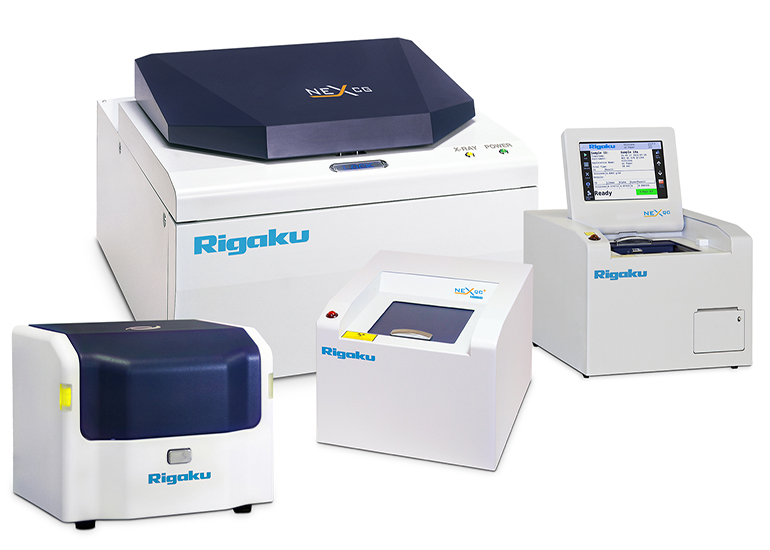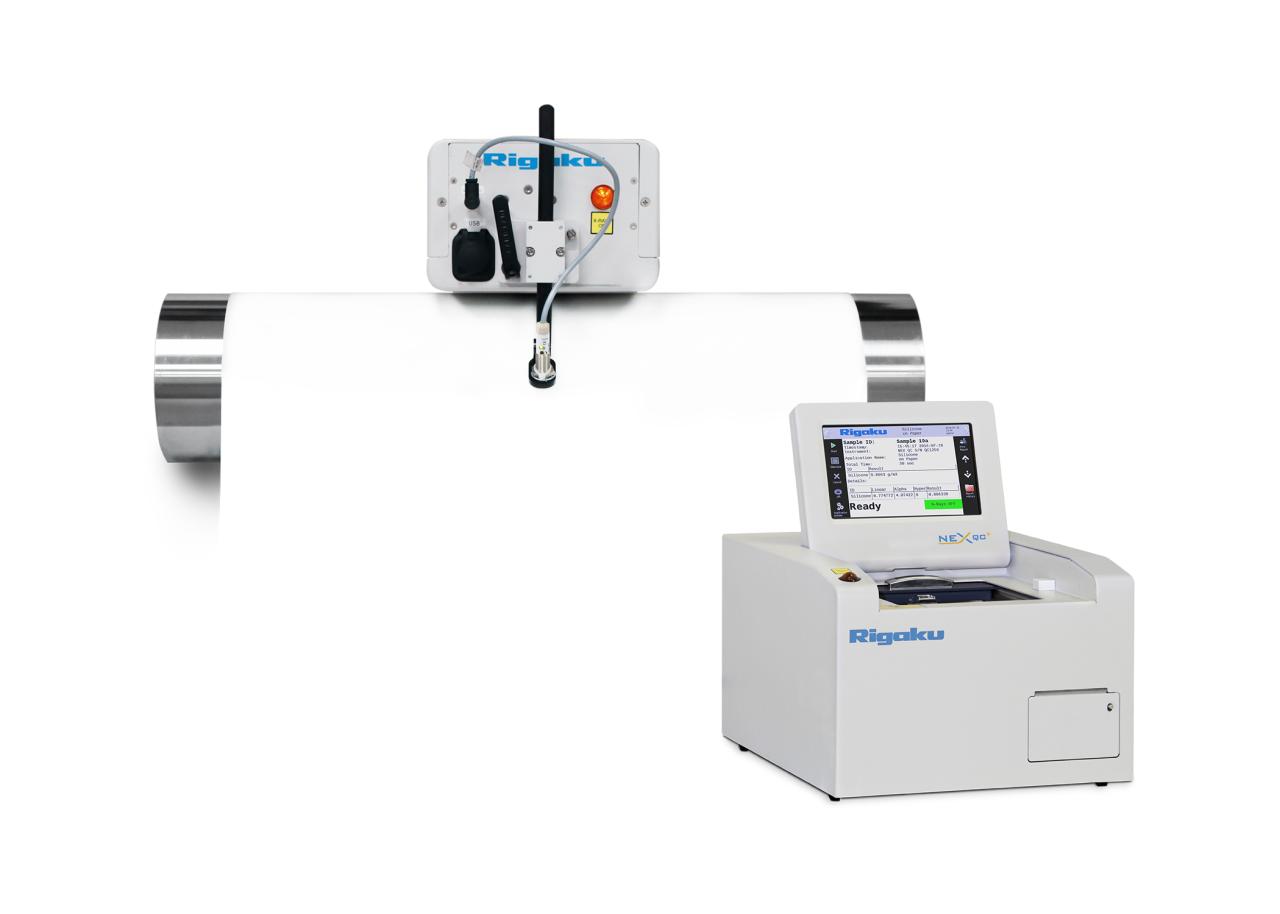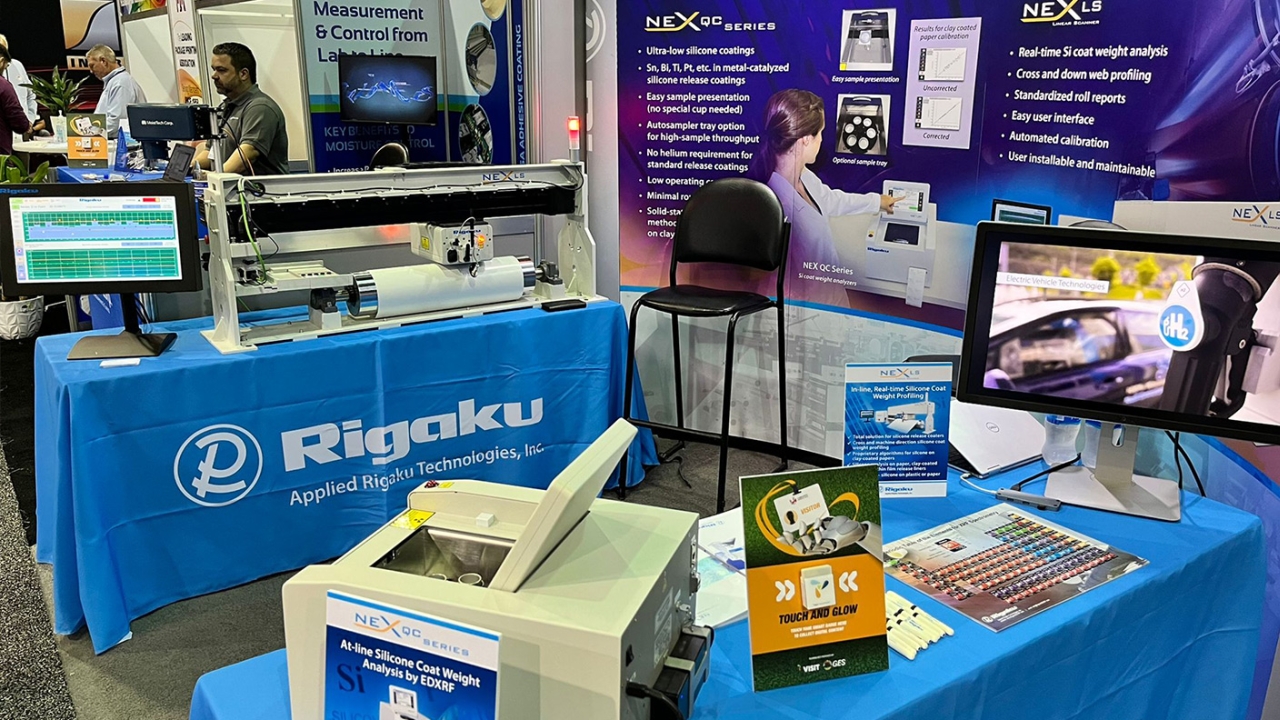Applied Rigaku Technologies: Advancing Science and Industry
Applied Rigaku technologies stand at the forefront of scientific innovation, empowering researchers and industries alike to unlock the secrets of the material world. From deciphering the intricacies of crystal structures […]

Applied Rigaku technologies stand at the forefront of scientific innovation, empowering researchers and industries alike to unlock the secrets of the material world. From deciphering the intricacies of crystal structures to revealing the elemental composition of materials, Rigaku instruments have become indispensable tools across diverse fields.
Rigaku’s journey began with a commitment to pushing the boundaries of X-ray diffraction analysis, a cornerstone technology that has revolutionized our understanding of materials. Over the decades, Rigaku has expanded its portfolio to encompass a wide range of cutting-edge technologies, including X-ray fluorescence, single crystal diffraction, small-angle X-ray scattering, and X-ray microscopy. Each of these technologies has its unique strengths and applications, enabling scientists and engineers to tackle complex challenges in materials science, chemistry, biology, and beyond.
Key Rigaku Technologies and Their Applications

Rigaku Technologies offers a diverse range of analytical tools and instruments, each specializing in a particular aspect of materials characterization. These technologies play a crucial role in scientific research, industrial quality control, and various other fields.
Rigaku Technologies and Their Applications
The following table summarizes the key Rigaku technologies, their functionalities, and their diverse applications:
| Technology | Functionality | Applications |
|---|---|---|
| X-ray Diffraction (XRD) | Crystal structure analysis, identification of crystalline phases, determination of lattice parameters, and measurement of crystallite size and strain. | Materials science, mineralogy, pharmaceuticals, chemistry, geology, and forensic science. |
| X-ray Fluorescence (XRF) | Elemental composition analysis, determining the concentration of elements in a sample. | Geochemistry, environmental monitoring, archaeology, materials science, and quality control. |
| Single Crystal Diffraction | Structure determination of single crystals, providing detailed information about the arrangement of atoms in a crystal. | Crystallography, drug discovery, materials science, and chemistry. |
| Small-Angle X-ray Scattering (SAXS) | Analysis of nanomaterials and polymers, providing information about the size, shape, and internal structure of nanoparticles and macromolecules. | Nanomaterials science, polymer science, biotechnology, and materials science. |
| X-ray Microscopy | High-resolution imaging of materials, enabling the visualization of nanoscale structures and elemental distribution. | Materials science, nanoscience, biological imaging, and microelectronics. |
Advantages and Limitations of Rigaku Technologies
Each Rigaku technology offers unique advantages and limitations depending on the specific research area or application.
X-ray Diffraction (XRD)
- Advantages: XRD is a versatile technique capable of identifying crystalline phases, determining crystal structure, and measuring crystallite size and strain. It is non-destructive and can be used to analyze a wide range of materials, including powders, thin films, and bulk samples.
- Limitations: XRD is less effective for analyzing amorphous materials, and it may be challenging to distinguish between similar phases with closely related crystal structures.
X-ray Fluorescence (XRF)
- Advantages: XRF is a rapid and non-destructive technique for determining the elemental composition of a sample. It can be used to analyze a wide range of materials, including solids, liquids, and gases. XRF is also portable, making it suitable for on-site analysis.
- Limitations: XRF is less sensitive than other techniques for detecting trace elements. The analysis depth is limited, and the technique may not be suitable for analyzing very thin films.
Single Crystal Diffraction
- Advantages: Single crystal diffraction provides detailed information about the arrangement of atoms in a crystal, enabling the determination of the crystal structure. This information is crucial for understanding the properties and behavior of materials.
- Limitations: Single crystal diffraction requires high-quality single crystals, which can be challenging to obtain. The technique is also time-consuming and may require specialized expertise.
Small-Angle X-ray Scattering (SAXS)
- Advantages: SAXS is a powerful technique for characterizing the size, shape, and internal structure of nanoparticles and macromolecules. It can provide information about the aggregation state, surface properties, and internal organization of these materials.
- Limitations: SAXS is limited to analyzing materials with sizes ranging from a few nanometers to hundreds of nanometers. The technique may be less sensitive for detecting small changes in size or shape.
X-ray Microscopy
- Advantages: X-ray microscopy offers high-resolution imaging capabilities, enabling the visualization of nanoscale structures and elemental distribution. It is a non-destructive technique that can be used to study a wide range of materials.
- Limitations: X-ray microscopy requires specialized equipment and expertise. The technique is also limited by the penetration depth of X-rays, which can make it difficult to analyze thick samples.
Comparing and Contrasting Rigaku Technologies
Rigaku technologies offer complementary capabilities for solving various scientific problems. For example, XRD can be used to identify the crystalline phases present in a material, while XRF can provide information about the elemental composition. SAXS can be used to characterize the size and shape of nanoparticles, while X-ray microscopy can provide high-resolution images of these structures.
By combining different Rigaku technologies, researchers can obtain a comprehensive understanding of the structure, composition, and properties of materials. This approach is particularly valuable in fields such as materials science, nanoscience, and drug discovery.
Future Trends in Applied Rigaku Technologies

Rigaku technologies are constantly evolving, driven by advancements in materials science, computing power, and artificial intelligence. These innovations are paving the way for new applications across various scientific and industrial sectors, impacting future research and innovation.
Advancements in X-ray Diffraction and Scattering
The development of new X-ray sources, detectors, and analysis techniques is driving significant advancements in X-ray diffraction (XRD) and scattering (SAXS). These advancements are enhancing the sensitivity, resolution, and speed of these techniques, enabling researchers to obtain more detailed structural information about materials.
- Synchrotron Radiation Sources: Synchrotron radiation sources generate highly intense and focused X-ray beams, allowing for the study of materials with unprecedented detail. This is particularly beneficial for studying complex structures like proteins, polymers, and nanomaterials.
- X-ray Free-Electron Lasers (XFELs): XFELs produce extremely short pulses of X-rays, enabling time-resolved studies of dynamic processes in materials. This technology is revolutionizing the understanding of chemical reactions, protein folding, and other fast phenomena.
- High-Resolution Detectors: The development of high-resolution detectors, such as pixel array detectors, is significantly increasing the speed and accuracy of data collection. This enables faster analysis and the study of more complex samples.
Applications of Advanced Rigaku Technologies
The advancements in Rigaku technologies are finding applications in various scientific and industrial sectors, including:
- Materials Science: Advanced XRD and SAXS techniques are used to characterize the structure and properties of materials, including metals, ceramics, polymers, and composites. This information is crucial for developing new materials with improved performance and properties.
- Pharmaceutical Industry: Rigaku technologies are used for drug discovery and development, including the analysis of protein crystals, the identification of polymorphs, and the characterization of drug formulations.
- Nanotechnology: Rigaku technologies are essential for characterizing the structure and properties of nanomaterials, which are used in a wide range of applications, including electronics, medicine, and energy.
- Environmental Science: Rigaku technologies are used for environmental monitoring and analysis, including the detection of pollutants in air, water, and soil.
- Forensic Science: Rigaku technologies are used for the identification of materials and substances in forensic investigations, such as the analysis of gunshot residue, paint chips, and fibers.
Impact on Future Research and Innovation, Applied rigaku technologies
The continued development of Rigaku technologies will have a significant impact on future research and innovation. The ability to study materials with unprecedented detail will lead to the discovery of new materials with unique properties, the development of new drugs and therapies, and the creation of new technologies for addressing global challenges.
- Materials Discovery: Advanced Rigaku technologies will accelerate the discovery of new materials with tailored properties for specific applications, such as high-temperature superconductors, advanced catalysts, and novel energy storage materials.
- Drug Development: Rigaku technologies will enable the development of more effective and targeted drugs, leading to improved treatments for diseases like cancer, Alzheimer’s disease, and infectious diseases.
- Nanotechnology Advancements: Rigaku technologies will be crucial for the development of next-generation nanomaterials with enhanced properties for applications in electronics, medicine, and energy.
Final Summary: Applied Rigaku Technologies

Applied Rigaku technologies continue to shape the future of scientific discovery and industrial advancement. As research and development push towards ever-smaller scales and more complex materials, Rigaku’s commitment to innovation ensures that its instruments remain at the forefront of scientific progress. By providing researchers and industry professionals with the tools they need to understand the world around them at the atomic level, Rigaku technologies empower us to solve critical challenges, develop groundbreaking materials, and create a better future.
Applied Rigaku technologies encompass a wide range of applications, from material science to medical diagnostics. One key aspect of these technologies is the ability to isolate and contain specific processes, similar to how endpoint application isolation and containment technology safeguards sensitive data on a computer.
By applying these principles, Rigaku technologies can effectively target and analyze specific components within complex systems, leading to valuable insights and advancements.




